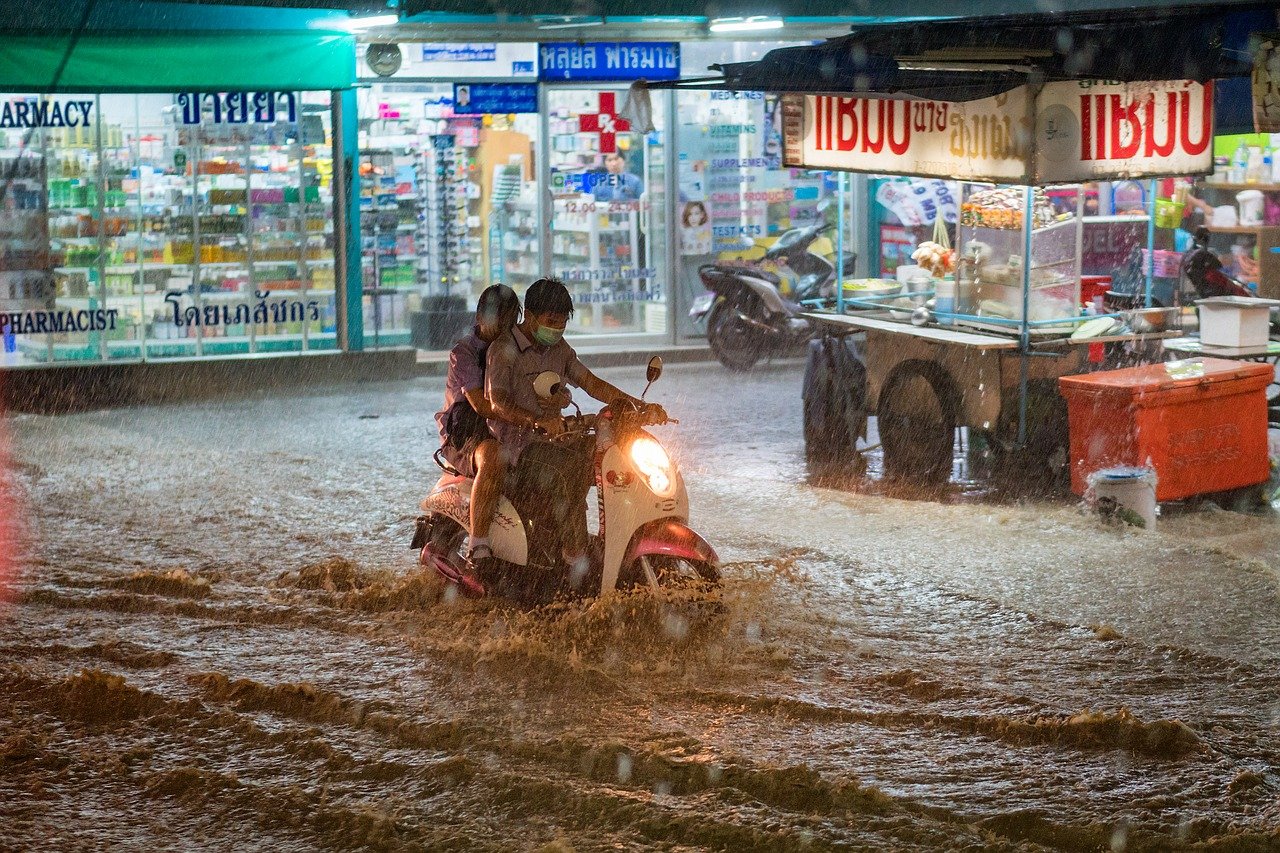KUALA LUMPUR, June 15 – As the climate crisis leads to more intense and more frequent extreme weather and climate-related events, this in turn risks increasing the amount of gender-based violence experienced by women, girls, as well as sexual and gender minorities, researchers say.
In a study published in The Lancet Planetary Health, a team at the University of Cambridge analysed current scientific literature to better understand the relationship between extreme events and gender-based violence.
Extreme weather and climate events have been seen to increase gender-based violence, due to socioeconomic instability, structural power inequalities, health care inaccessibility, resource scarcity, and breakdowns in safety and law enforcement, among other reasons.
This violence can lead to long-term consequences, including physical injury, unwanted pregnancy, exposure to HIV or other sexually transmitted infections, fertility problems, internalised stigma, mental health conditions, and ramifications for children.
The research team identified 41 studies that explored several types of extreme events such as storms, floods, droughts, heatwaves, and wildfires, alongside gender-based violence, such as sexual violence and harassment, physical violence, ‘witch’ killing, early or forced marriage, and emotional violence.
The studies covered countries on all six of the major continents, and all but one focused on cisgender women and girls.
The researchers found evidence that gender-based violence appears to be exacerbated by extreme weather and climate events, driven by factors such as economic shock, social instability, enabling environments, and stress.
According to the studies, perpetrators of violence ranged from partners and family members to religious leaders, relief workers, and government officials.
The relationship between extreme events and gender-based violence can be expected to vary across settings, due to differences in social gender norms, traditions, vulnerability, exposure, adaptive capacity, available reporting mechanisms, and legal responses.
However, the experience of gender-based violence during and after extreme events seems to be a shared experience in most contexts studied, suggesting that amplification of this type of violence is not constrained geographically.
“Extreme events don’t themselves cause gender-based violence, but rather they exacerbate the drivers of violence or create environments that enable this type of behaviour,” said Kim van Daalen, a Gates Cambridge scholar at the Department of Public Health and Primary Care, University of Cambridge, in a press statement.
“At the root of this behaviour are systematic social and patriarchal structures that enable and normalise such violence. Existing social roles and norms, combined with inequalities leading to marginalisation, discrimination, and dispossession make women, girls, and sexual and gender minorities disproportionately vulnerable to the adverse impacts of extreme events.”
Experiencing gender-based violence can also further increase vulnerability. When faced with the likelihood of experiencing harassment or sexual violence in relief camps, for example, some women or sexual and gender minorities choose to stay home or return to their homes even before doing so is safe, placing them in additional danger from extreme events, and furthering restrict their already limited access to relief resources.
Extreme events could both increase new violence and increase reporting, unmasking existing violence. Living through extreme events led some victims to feel they could no longer endure abuse, or to feel less inhibited to report the abuse than before the event.
However, the researchers also noted that reporting remains plagued by a number of factors including silencing of victims — particularly in countries where safeguarding a daughter’s and family’s honour and marriageability is important — as well as fears of coming forward, failures of law enforcement, unwillingness to believe victims, and the normalisation of violence.
Van Daalen added: “Disaster management needs to focus on preventing, mitigating, and adapting to drivers of gender-based violence. It’s crucial that it’s informed by the women, girls, and sexual and gender minority populations affected and takes into account local sexual and gender cultures and local norms, traditions, and social attitudes.”












